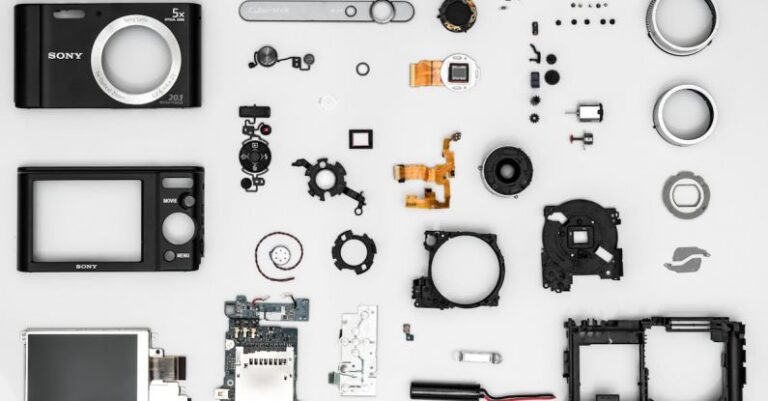
Robots have become an integral part of various industries, from manufacturing to entertainment. Among the different types of robots, RC robots, or radio-controlled robots, are popular for their versatility and ease of control. One crucial aspect of optimizing the performance of an RC robot is the placement of its battery. The battery placement can significantly impact the robot’s balance, agility, and overall efficiency. In this article, we will explore the importance of optimizing battery placement in RC robots and provide practical tips for achieving the best results.
**Understanding the Impact of Battery Placement**
The position of the battery in an RC robot plays a critical role in determining its stability and maneuverability. Placing the battery in the wrong location can lead to imbalanced weight distribution, affecting the robot’s ability to move smoothly and respond quickly to commands. An improperly placed battery can also impact the robot’s center of gravity, leading to instability and potential tipping over during operation.
**Tips for Optimizing Battery Placement**
1. **Center of Gravity:** One of the key considerations when placing the battery in an RC robot is the center of gravity. The battery should be positioned in a way that helps maintain a low and centralized center of gravity. This helps improve the robot’s stability and prevents it from tipping over easily.
2. **Weight Distribution:** Distributing the weight evenly on both sides of the robot is essential for maintaining balance. Placing the battery closer to the center of the robot rather than on one side can help achieve a more balanced weight distribution. This ensures that the robot can move smoothly in all directions without being lopsided.
3. **Accessibility:** While optimizing battery placement for balance is crucial, it is also essential to consider accessibility for easy maintenance and replacement. Placing the battery in a location that allows for quick and convenient access can save time and effort when the battery needs to be changed or charged.
4. **Heat Dissipation:** Batteries generate heat during operation, and proper placement can help with heat dissipation. Avoid placing the battery near sensitive electronic components or in areas where heat buildup can affect the robot’s performance. Ensuring adequate ventilation around the battery can help prevent overheating and prolong its lifespan.
5. **Securing the Battery:** Once you have determined the optimal placement for the battery, make sure to secure it properly to prevent it from shifting during operation. Using Velcro straps, battery trays, or custom mounts can help keep the battery in place and maintain the desired weight distribution.
**Maximizing Performance through Battery Placement**
By paying attention to the placement of the battery in an RC robot, you can optimize its performance and enhance your overall experience with remote-controlled robotics. Whether you are building a racing robot, a drone, or a robot for educational purposes, the right battery placement can make a significant difference in how the robot operates.
**In Summary**
Optimizing battery placement in RC robots is a crucial step in maximizing their performance and efficiency. By considering factors such as center of gravity, weight distribution, accessibility, heat dissipation, and securing the battery, you can ensure that your robot operates smoothly and effectively. Experimenting with different placements and making adjustments as needed can help you achieve the best results with your RC robot.





